You may have noticed the sheer number of gaming handhelds releasing onto the market these days – we certainly have. While there are certainly still cheap knock-off devices launching with 1,000+ illegally downloaded games selling on questionable websites, there are now dozens of fantastic options to keep you in the game wherever you are that run official software.
In saying that, with this many options to choose from, making that choice inevitably becomes more complicated. Well, we’ve used quite a few of the best handheld gaming consoles already, and decided to put the work in to make the choice easier on you.
So if you’re interested in jumping into a game while away from home, we’ve got your back. Keep in mind, though, that there is a lot of variance to the list: some of these devices run Windows, while others run Android. Some run their own proprietary OS, while others use Linux. As such, we’ve decided to break the list down into what each device does best to help you decide what you’re after in a gaming handheld.
1. Best Windows Device: ASUS ROG Ally X
The ASUS ROG Ally X is an incredibly impressive device, taking all the lessons learned from ROG’s first foray into handheld gaming and using them to create the most consistently good Windows handheld on the market. With a surprisingly powerful chipset, as well as a massive battery life, the Ally X is an incredibly impressive device.
Compared to some other handhelds on the list the Ally X is big, but still pretty comfortable to hold while gaming thanks to an ergonomic design. The device also includes a Thunderbolt 4 port, while enables the use of external GPUs, should you decide you need a bit more oomph: that’s unlikely unless you’re trying to push to device to its limit, but does futureproof its ‘docked’ performance if you do run into a wall in a few years.
The only notable disappointments in the Ally X is the fact that it’s heavy, and the screen, while vibrant, could have been upgraded to an OLED panel in the transition. Certainly not dealbreakers, but room for improvement.
Display: 7” 1080p LED, 120hz refresh rate, touchscreen
APU: AMD Ryzen Z1 Extreme Processor, with Radeon Graphics (RDNA 3)
RAM: 24GB
Storage: 1TB SSD, expandable with MicroSD
Battery: 80Wh
Price: AU$1,599

2. Best Display: Lenovo Legion Go
If you thought the Ally X was big, this thing is an absolute beast. It uses the same CPU and GPU as the Ally X, but features a far bigger screen, supports higher framerates, and offers some new and interesting control options. Rather than working solely as a handheld, the Legion Go can also function as a tablet, with detachable controllers: one of which can further be turned into a makeshift mouse, making FPS games a bit more bareable.
However, you pay for the added size and screen clarity with a smaller battery, less RAM, and even more weight. As we found when we reviewed the Legion Go, this is a handheld that strains the meaning of portable to mean, ‘yeah, you could take it outside, but it’d weigh you down and run out of battery in an hour or so’. In our experience, the Go worked best as a laptop replacement, rather than something you’ll carry with you at all times.
In saying that, it performs very well, and when running less demanding games at the full 1600p, looks incredible.
Display: 8.8” 1600p, OLED, 144hz refresh rate, touchscreen
APU: AMD Ryzen Z1 Extreme Processor, with Radeon Graphics (RDNA 3)
RAM: 16GB
Storage: 512GB SSD, expandable with MicroSD
Battery: 49.2Wh
Price: AU$1,499
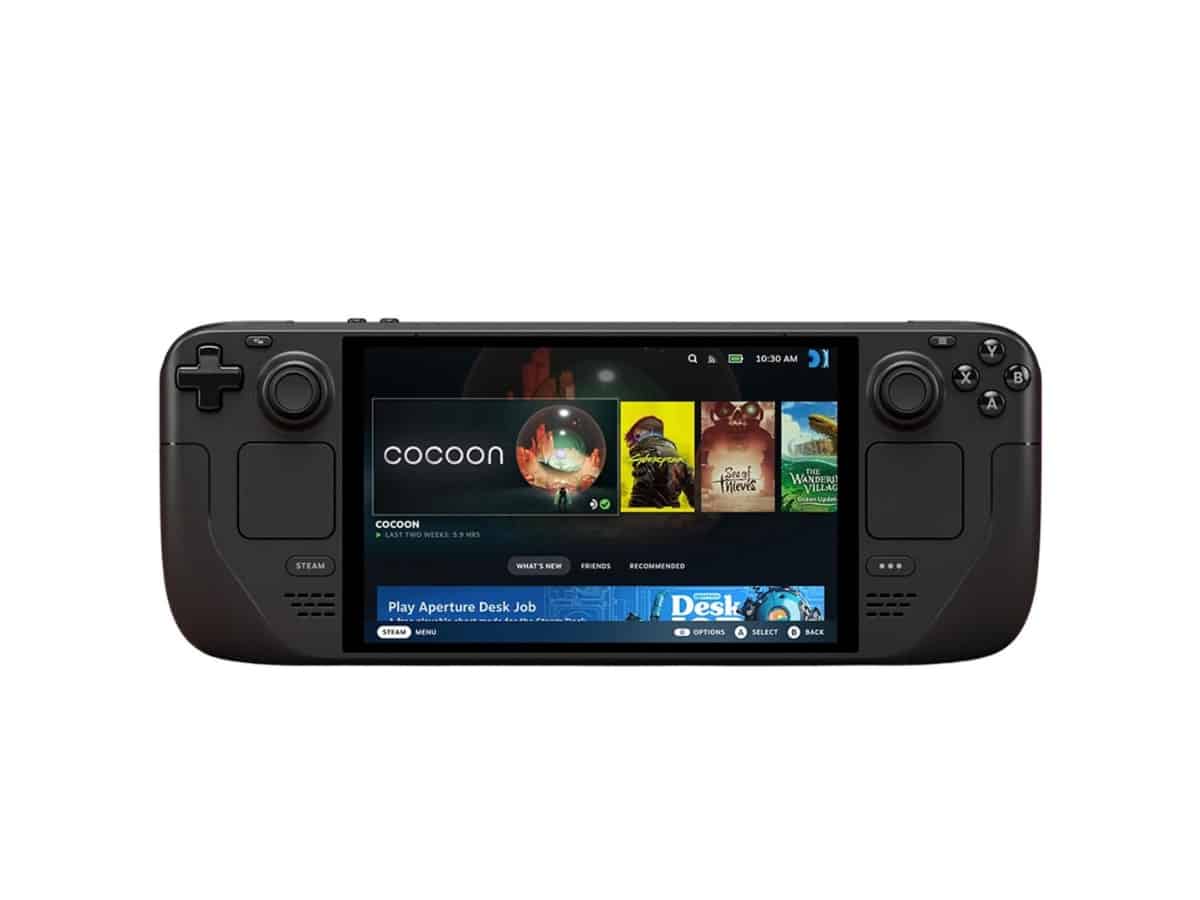
3. Best Linux Device: Steam Deck OLED
Arguably the device that kicked off this whole handheld PC revolution, the Steam Deck aims to deliver less power in a more affordable way when compared to some of the higher-powered Windows handhelds. And, honestly, it’s probably the best balance of power to cost on the list.
You’ll be able to play most of your Steam games on the Deck, and they’ll look beautiful thanks to the impressive OLED screen on the upgraded model. The device is also pretty big, but is more ergonomically designed than its competition, and includes haptic touchpads on both sides which act as a mouse replacement.
The downside, though, is the fact that the Steam Deck still hasn’t officially been launched in many parts of the world: Australia included. Any Steam Deck you buy locally, including those sold at Kogan and Amazon, are grey imports – meaning they’re international versions that have been brought to Australia. It’s a bit iffy, but if there are any major issues with the device, you’ll have to go through the reseller, rather than Valve itself, for your warranty.
Display: 7.4” 800p, OLED, 90hz refresh rate, touchscreen
APU: 6nm AMD APU with Zen 2 CPU and Radeon Graphics (RDNA 2)
RAM: 16GB
Storage: 512GB or 1TB SSD, expandable with MicroSD
Battery: 50Wh battery
Price: Starting at AU$1,019
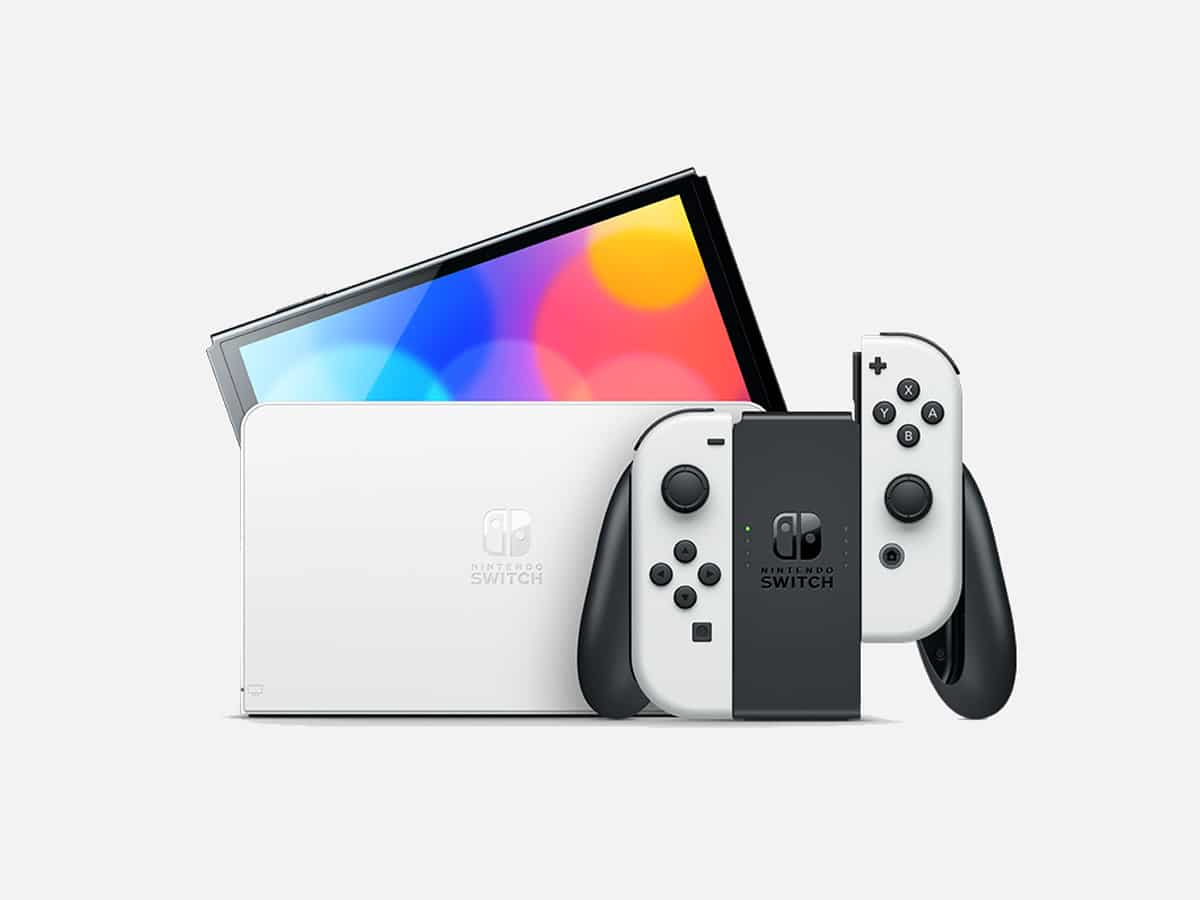
4. Best Family Device: Nintendo Switch OLED
Nintendo are no strangers to the handheld gaming market, having essentially created it with the launch of the Game Boy back in 1988. The Switch, though, is a different beast. It’s not a Windows or Linux machine, and instead runs on its own OS and is restricted to its own set of games: it’s a console first and foremost.
However, if you’re willing to dedicate the time (and money) to flesh out your Switch library you will find a vast array of family friendly titles, as well as more adult and demanding games for mums and dads. Nintendo’s games tend to be targeted toward all ages, though, and the Switch’s library is no different. Games like The Legend of Zelda: Breath of the Wild, Mario Kart 8, Super Smash Bros. Ultimate, and Animal Crossing: New Horizons can’t be found anywhere else, giving the Switch a level of exclusivity that can’t be replicated elsewhere.
However, it’s not all roses. The Switch was first launched in 2017, and hasn’t had any major internal hardware revisions since 2021 with the Switch OLED. This means the device is getting old, and more demanding games are unable to run on the Switch smoothly. The Nintendo eShop also runs like absolute ass at this point, and is filled with questionable content.
We’re expecting the launch of the Switch’s successor in 2025, so keep your eyes peeled.
Display: 7” 720p, OLED, 60hz refresh rate, touchscreen
APU: NVIDIA Custom Tegra Processor
RAM: 4GB
Storage: 64GB, expandable with MicroSD
Battery: 4,310mAh
Price: AU$539
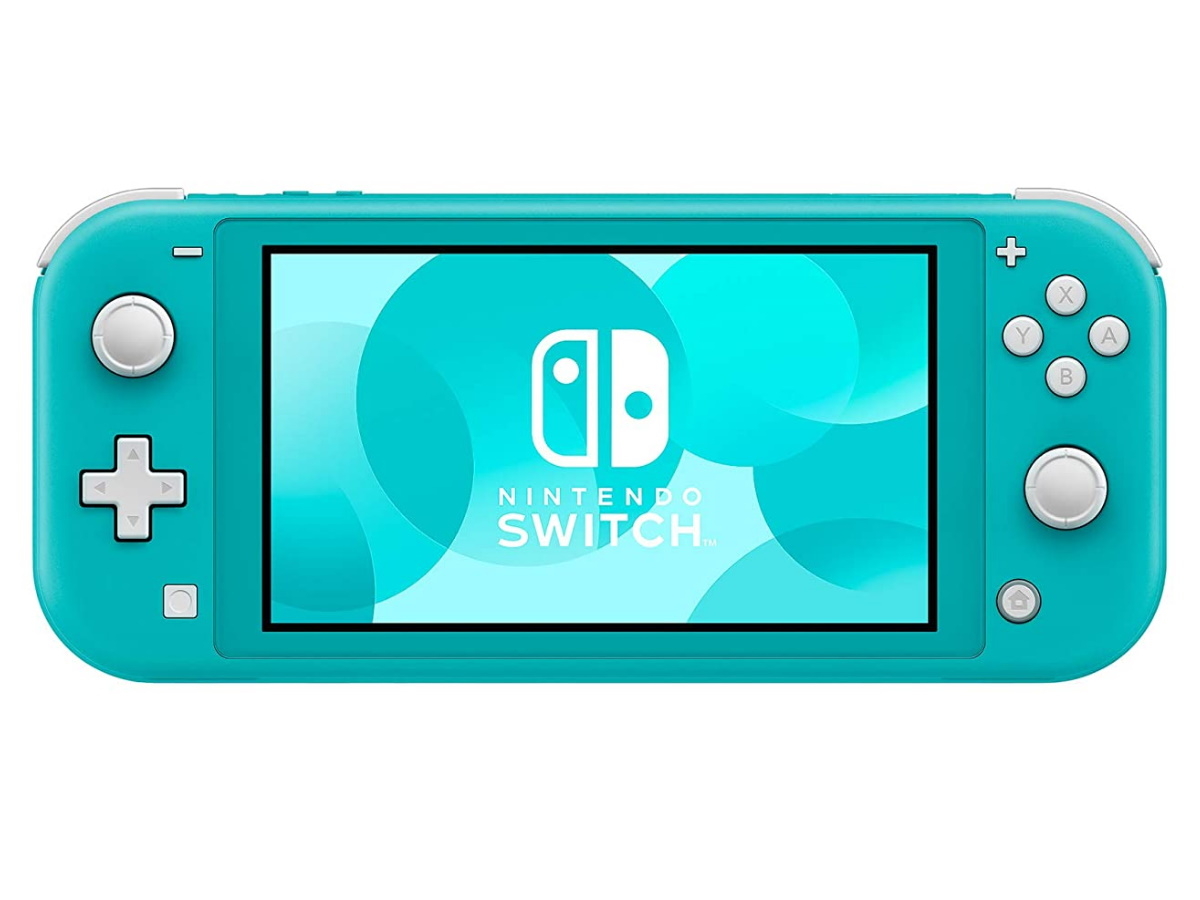
5. Best Budget Option: Nintendo Switch Lite
If you looked at how flexible the Switch is and thought to yourself, ‘I wish it was just a smaller, more portable handheld’, boy do I have the product for you. The Switch Lite is a carbon copy of the original Switch, shrunk down to a smaller form factor, and with the device’s ability to connect to an external display removed.
What you get instead is a lighter handheld with improved battery life and access to all the same amazing games, for less. It’s a shame that the Lite never got an OLED upgrade, as the screen really is the system’s major flaw. Modders have been working an unofficial OLED upgrade, but honestly I wouldn’t recommend anyone put that kind of effort in when you could just as easily brick your system.
If you want to take Mario and Samus on the go with you, and aren’t keep on sharing, the Switch Lite is probably the best option on the market.
Display: 5.5” 720p, LED, 60hz refresh rate, touchscreen
APU: NVIDIA Custom Tegra Processor
RAM: 4GB
Storage: 32GB, expandable with MicroSD
Battery: 3,570mAh
Price: AU$329
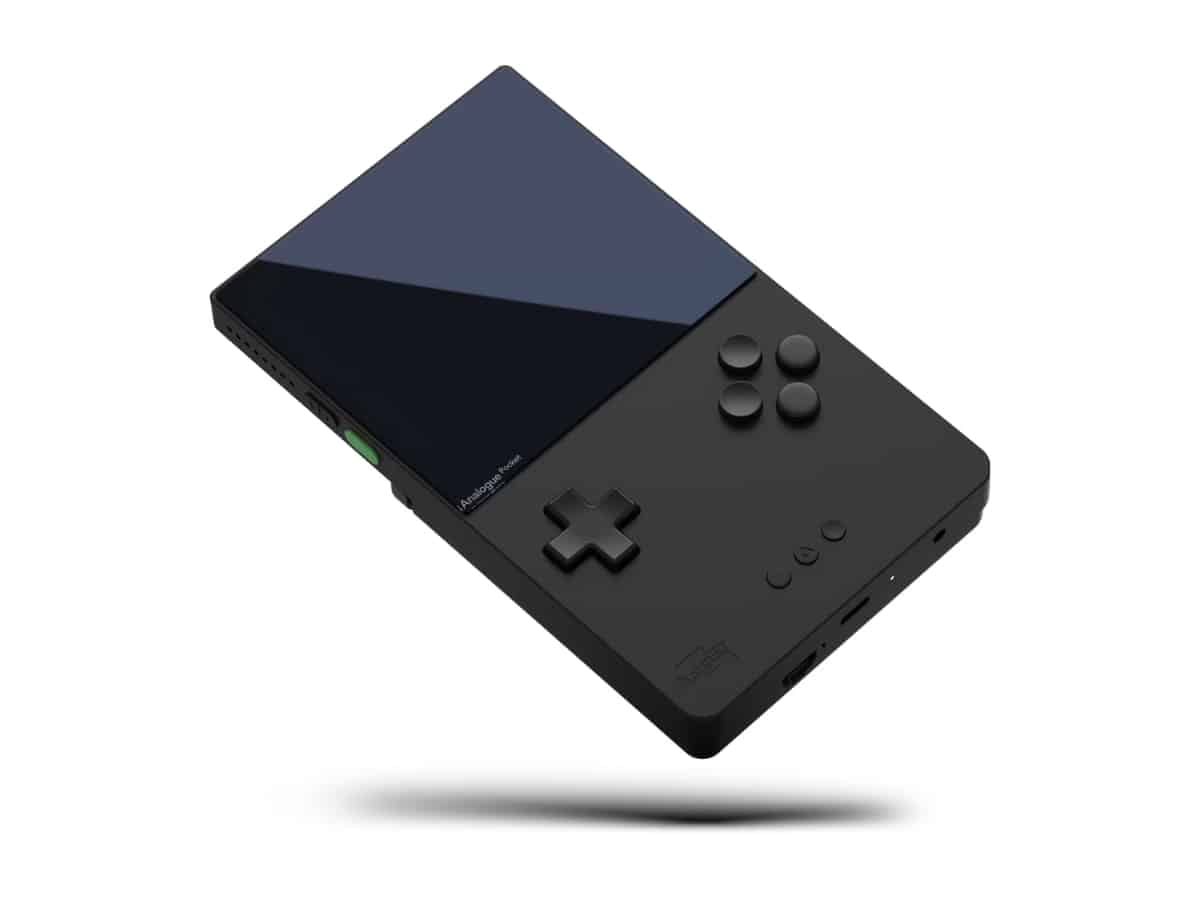
6. Best Retro Option: Analogue Pocket
The Analogue Pocket is probably the best Game Boy you’ve ever seen. It’s a modern reimagining of the classic handheld console, and is made specifically to be completely compatible with all 2,700+ Game Boy, Game Boy Color and Game Boy Advance games. Just put the cartridge in and play.
What sets the Pocket apart from some other Game Boy-likes on the market is that it isn’t using emulation to run the games, but is actually running them using updated but compatible hardware via something called FPGA (field programmable gate array). This allows the handheld to deliver authentic gameplay just as you remember it, but with some modern touches – such as a screen with 10 times the pixels, USB-C functionality, and the ability to run compatible games off an SD card.
Sounds great, right? Well, there’s always a downside. The Analogue Pocket is both a retro gamer’s dream come true, and a collector’s dream come true. It’s always in short supply, with maker Analogue often announcing the product is back in stock only for it be sold out again in short order. It can be found on third-party stores, from time to time, but you can expect the price to be jacked up.
Display: 3.5” 1440p, LCD, 60hz
CPU: Altera Cyclone V and Altera Cyclone 10
Storage: MicroSD card slot allows storage
Battery: 4,300mAh
Price: US$219
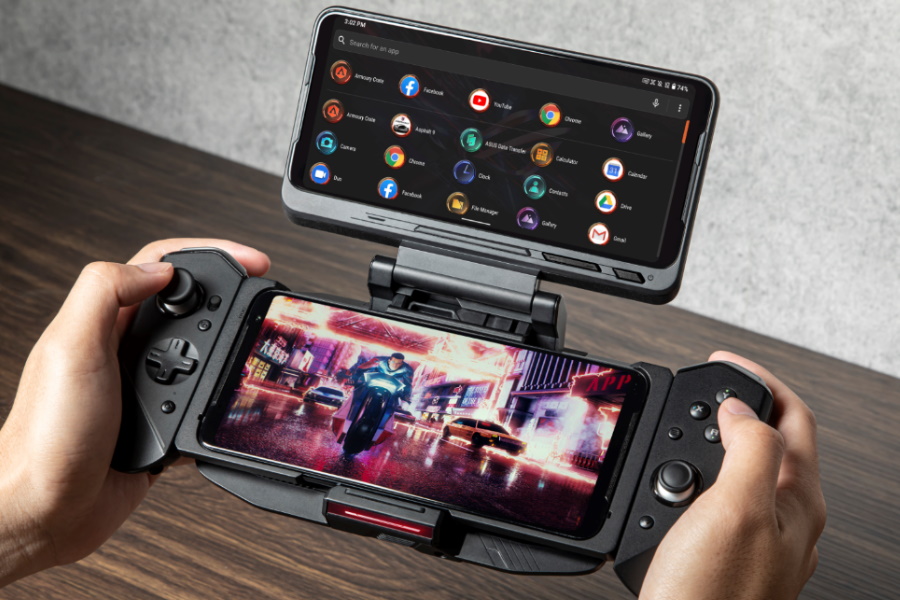
7. Most Convenient Option: Your Smartphone
Okay – hear me out. Modern smartphones are incredibly powerful, and in some cases blow other handheld options out of the water. A lot of smaller, indie games released across the above handhelds are also launched on the iOS and Android App stores, or are available through subscriptions such as Netflix Games or Prime Gaming. What does this mean? Well, depending on the phone you have, and the accessories you’re willing to buy, you could already have a fantastic handheld gaming device in your pocket.
Apple has recently put in work to get more AAA games available on iOS devices, with great titles such as Resident Evil 7 and 8, as well as the recent remake of Resident Evil 4 available alongside Death Stranding, and modern Assassin’s Creed games. It’s actually really impressive that you can run such graphically demanding games on your phone, and the experience is improved vastly by using a good controller.
The situation is a bit different on Android – it doesn’t have the same access to AAA games, but has long had a slew of emulators available on the platform. iOS has recently started getting emulators available on the App Store, though, so almost any phone can be turned into a classic games device. If you want to play most newer games, though, you’ll be better off picking up one of the dedicated devices listed above.
Why Trust Our List?
This list of gaming handhelds was selected by our dedicated team of technology editors and journalists. Author Dean Blake curated the list based on personal experience, as well as the experience of Man of Many’s team, while also taking into account external reviews, device prices, and functionality. For more information on how we select these lists, view our editorial guidelines.



